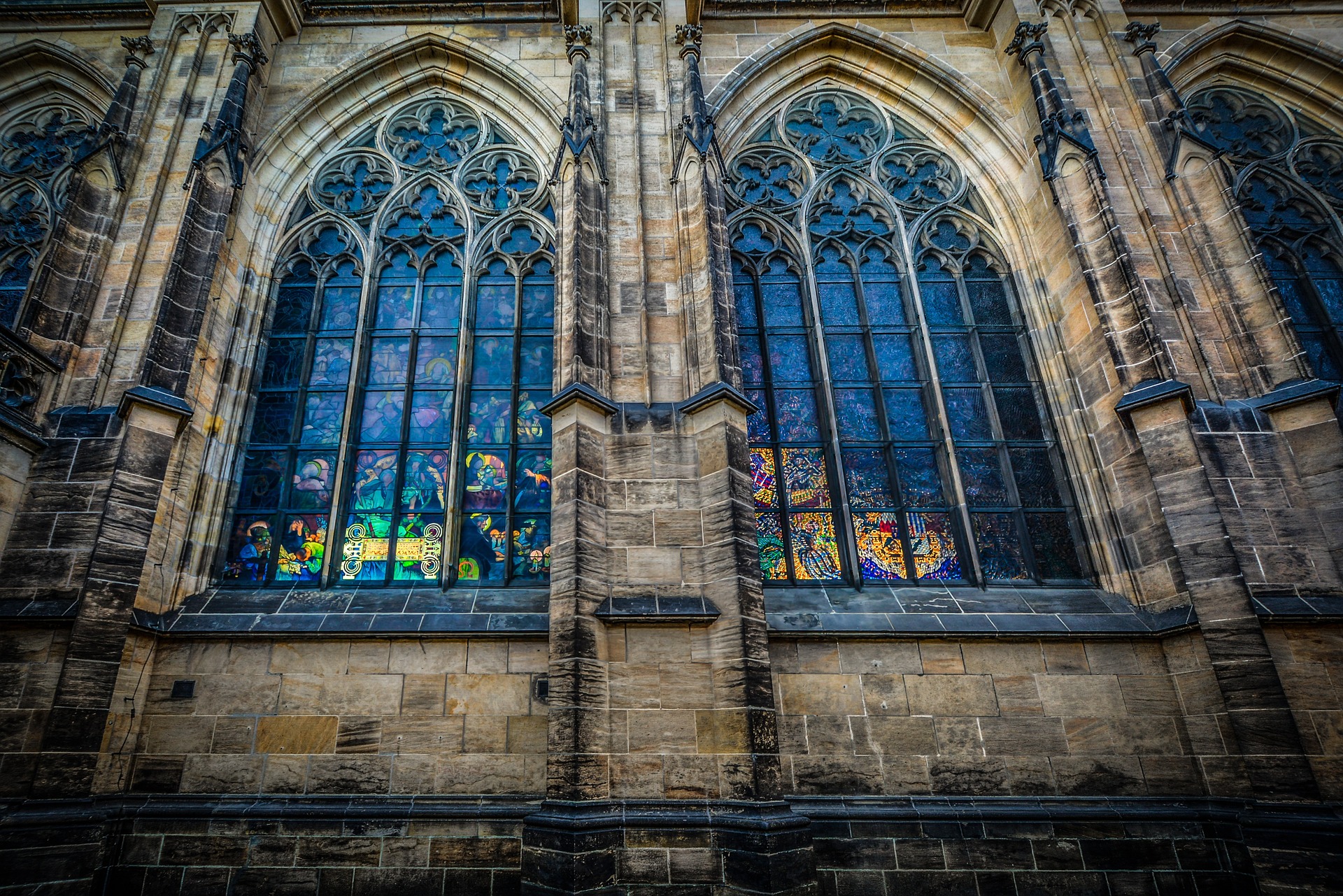Among the various research fields that concerns the cultural heritage, the study of how the environment factors can induce changes on monuments’ materials is nowadays of great concern, especially in times of climate changes and environment pollution.
Since the end of the XIX century the study of glass corrosion and glass weathering corrosion is particularly important for historical basilicas and cathedrals. Nowadays, the interest of the scientific community was mainly focused on the characterization of glass corrosion products, their formation processes, and on the development of new materials and strategies for the protection of the glass surface.
Interesting studies [1] have been conducted on stained glass windows alteration, especially on those painted using the grisaille method (where the obtained material is a system in which the crystalline phases, the pigments, are embedded in an amorphous phase, the low melting glass, which acts both as a dispersing medium and as an agent fixing the pigments onto the substrate – the stained glass window).

The characterization technique used is the X-ray diffraction obtained by the synchrotron radiation (Elettra – Trieste – Italy). The strength of this technique is the well-defined narrow instrumental profile, which allows accurate identification of phases in complex mixtures, which is often the case for objects or fragments that are being studied in the field of cultural heritage.
The study [1] analyzed three stained glass samples from the Basilica of Giovanni e Paolo, placed in Venice.
The fifteenth century’s windows have been exposed to an aggressive environment in the immediate vicinity of seawater.
In the experiments diffraction patterns were obtained. The peaks observed furnish detailed information on the components of the windows. Three points of the same sample, glass, grisaille and patina were analyzed.
The X-ray diffraction patterns collected showed similar results for all fragments with regards to the quality of the measurements. Original pigment was found (Pb2Sb2O7) on the grisaille and alteration products of original pigments, such as FeO(OH) and FeSO4(OH)(H2O)2. For the last probably, iron containing pigments were used in the grisaille of the fragments analyzed. Furthermore, the patina reveals also the presence of sulfates, CaSO4, PbSO4. This result is in agreement with the presence of large quantities of sulfur in seawater. The presence of phosphates was also observed and it has probably a biological origin. This may be due to the fume from burning wax candles.

On this evidence the scientists [1] suggested a deterioration mechanism. An aggressive environment with large thermal variation, typical of the Venice lagoon, can promote micro-cracking on the grisailles surface. These micro-breaks, together with the natural roughness of the grisailles layer, may favor the condensation processes on the surface. The formation of a deterioration-induced porous system can act as a series of micro-reactors for leaching phenomena with the subsequent salt precipitation.
[1] The X-ray diffraction beamline MCX at Elettra: a case study of non-destructive analysis on stained glass; Jasper R. Plaisier, Luca Nodari, Lara Gigli, Elena Paz Rebollo San Miguel, Renzo Bertoncello, Andrea Lausi – ACTA IMEKO – ISSN: 2221-870X; September 2017, Volume 6, Number 3, 71-75.





